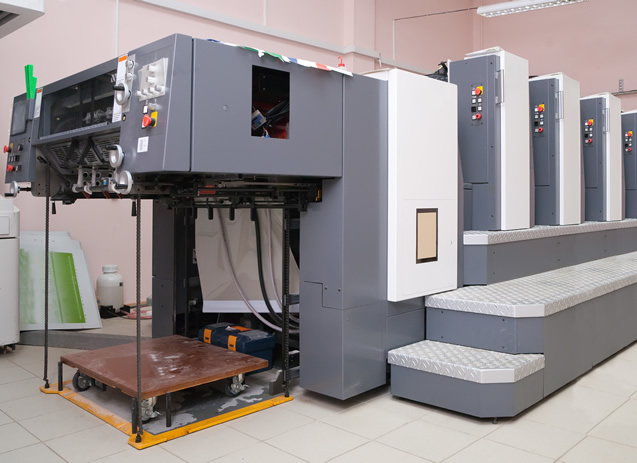Offset printing is a printing technique that transfers an image from a metal plate to a rubber blanket or roller, and then to the final print media. The name "offset" comes from the fact that the ink is offset to the rubber blanket and then to the paper.
Here are some characteristics of offset printing:
- Mass production: Offset printing is a common method for mass-producing high-quality images and designs. It's often used for printing large quantities of newspapers, brochures, magazines, and boxes.
- Image quality: Offset printing produces high and consistent image quality.
- Flexible rubber: The flexible rubber blanket conforms to the surface of the print media, allowing offset printing to be used on rough-surfaced materials like cloth, wood, or canvas.
- Longer plate life: The print media doesn't come into direct contact with the metal plates, which prolongs the life of the plates.
- Both sides printed at once: Offset printing can print both sides of a sheet of paper at the same time.
- Planographic method: Offset printing is classified as a planographic method of printing because the matter to be printed is flush with the surface of the plate.
- Petroleum-based inks: Offset presses traditionally use petroleum-based inks, which have a higher carbon footprint than the water-based or toner inks used in digital printing.


